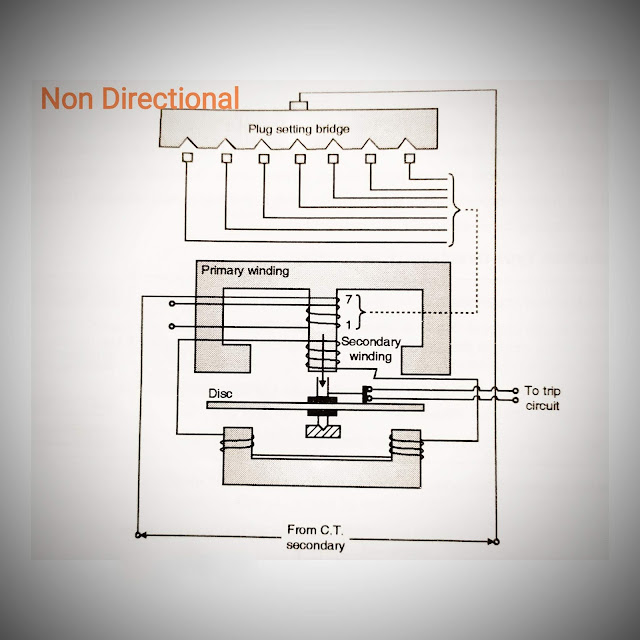Design of submersible motor
Design of submersible motor
- Submersible pumps are immersed in liquid. A motor is coupled to the pump. Since this assembly (pump+mortor) is immersed in liquid, it should be tightly sealed so that liquid should not enter inside the motor.
- In conventional pumps, the pump-motor unit is installed above the liquid or water surface but this pump suffers from the drawback of cavity formation since airgap is formed between liquid or water level and the pump impeller. It is often termed as air is trapped. So the pump can not be started unless this trapped air is released by pouring water inside the suction head pipe.
- But in case of submersible pump, there is no issue of cavity formation.
Applications of submersible pumps:-
- Bore well for water pumping
- Sewage handling/drainage systems
- Slurry pumping
- Oil wells
Design considerations:-
- Since the submersible pump is immersed in liquid or water, the motors used must is specially designed and manufactured to prevent water from contacting any part of the electrical circuit. Thus the submersible motor is completely enclosed.
- since the motor is completely sealed, ventilation arrangement is not possible. So heat dissipation is an issue. It does not have an external shaft-mounted fan to cool and dissipate the heat fiom the frame.
- It makes use of the liquid flow which it is submerged to dissipate the heat from the frame.
- The duty cycle is continuous.
- To achieve effective heat dissipadon, the surface area of the motor is increased, this is achieved by adopting oversized frame for the motor.
- It operates in vertical position.
- Special care is necessary while handling waste water because methane gas is formed during sewage liquid handling. this gas is flammable and explosive. So special materials and special type of enclosures are required for such applications.
- Submersible motors are not like normal induction motors, These are specifically designed to safely operate in and under water or liquids. Strong construction, safe seals and preventive safety control provide a long and safe running life with pump equipment.
Outer frame:-
- It is made up of Heavy-duty cast iron. cast iron provides good protection in an harsh environment because it does not dent, deflect or bend easily, which could cause failure of the sealed enclosure. The frames are precision machined for tight fits between parts. All motor fit has screws and O-rings to prevent water from entering the engine.
Inner and outer seals:-
- Type 21 shaft seals are often used for submersible motors. This is also known as all-purpose seal. The seal rotates with the shaft against a stationary mating face and eliminates adhesives by using mechanically crimped components.The seals are at the drive-end plate side. The seals are made up of ceramic/carbon material. Now a days silicon carbide is also used for seal.
- Incoming cable chamber and cables-the cable chamber is provided with external threads for fixing. The incoming cables are made in single and multiple conductor types. The cable cross section may be be flat or round. The pump operation is controlled through a controller. The control signals are passed on to the motor through control cables. The incoming cable/supply cable and control cable are arranged in same chamber. Colour-coding is used for respective cables.
Bearings:-
- in Hydrodynamic carbon sleeve bearings are fitted at both ends of the motor. That are water lubricated, with a large surface area and to give extra support and prevent whipping.
Stator and rotor core:-
- The stator and rotor core is made up of low loss cold rolled silicon lamination steel with a core loss of 3 Watts/kg at 50 Hz with flux density of 1. 5 Tesla.
Stator and rotor winding:-
- Standard winding wire I. e. Copper conductor with a continuous watertight polypropylene covering and nylon overcoat for additional mechanical protection is used.
Shaft:-
- It is made up of high grade steel.




Comments
Post a Comment